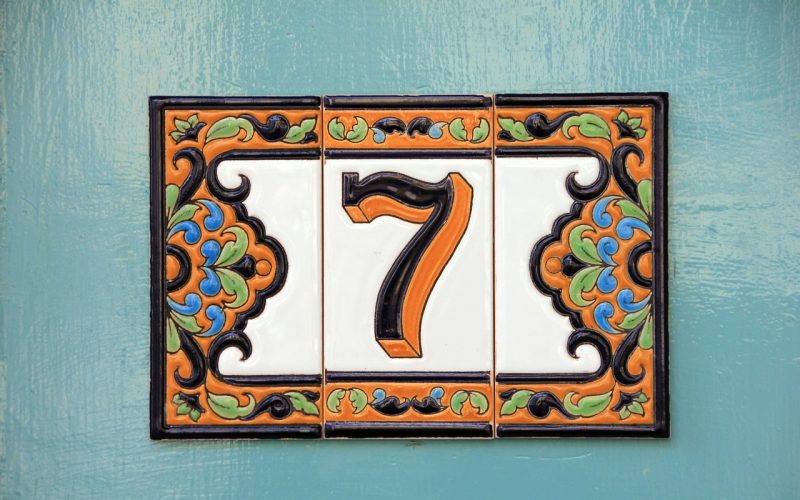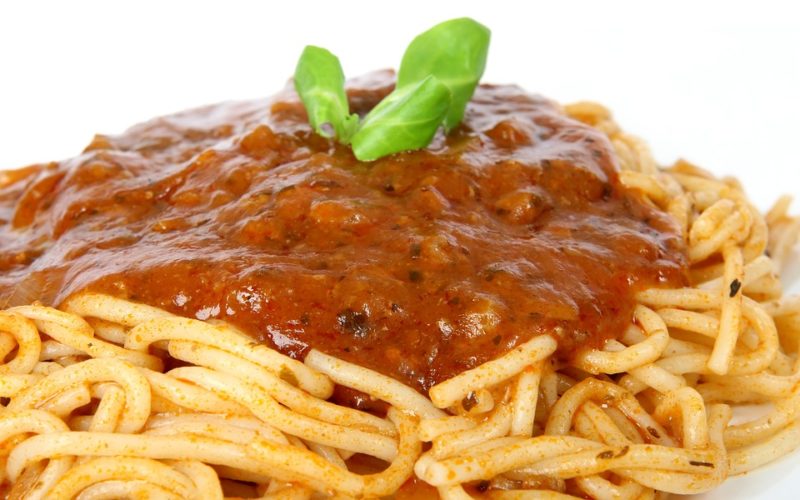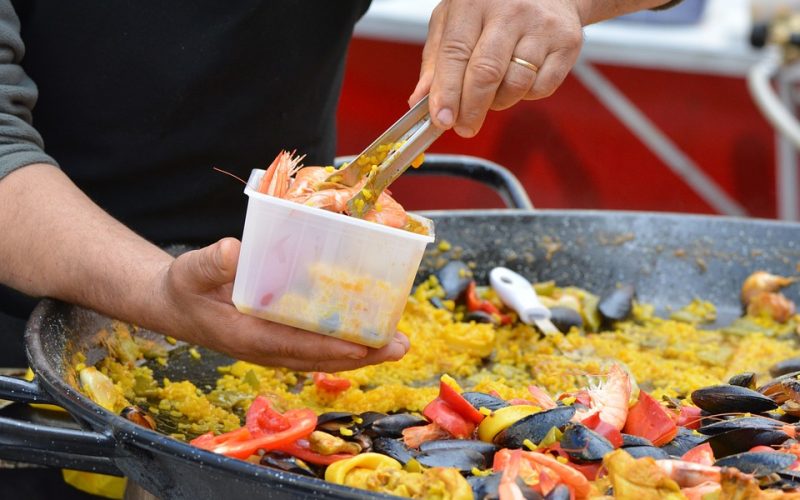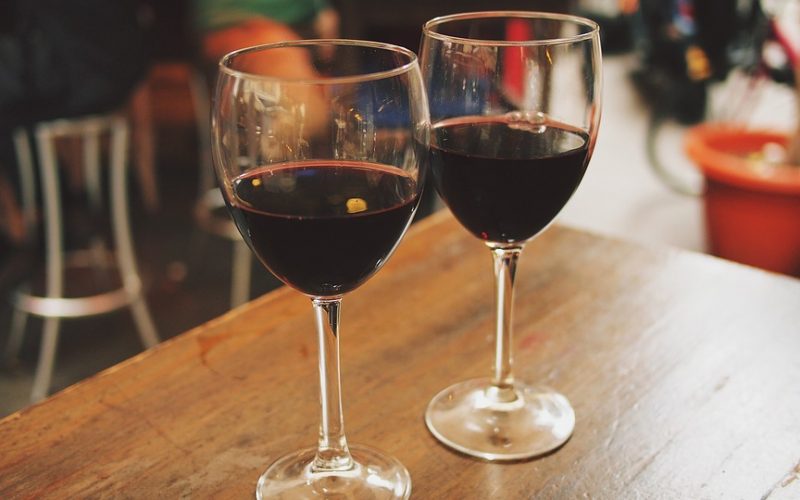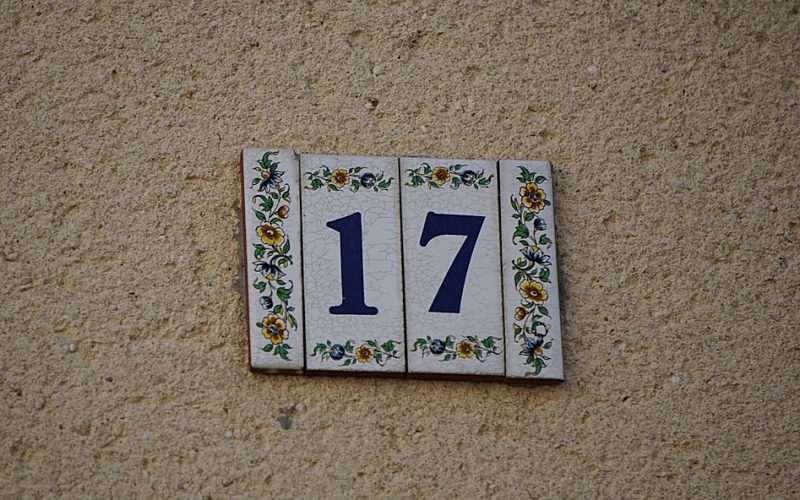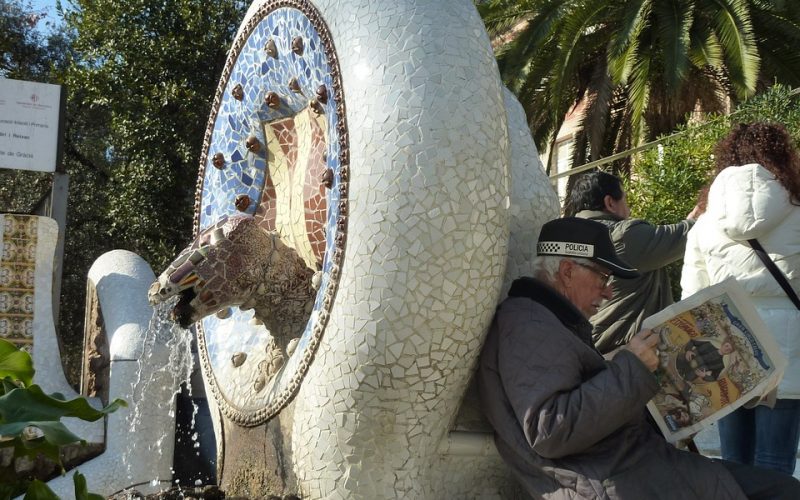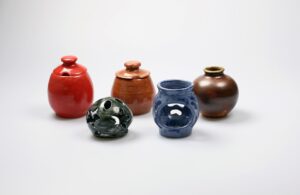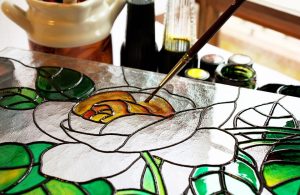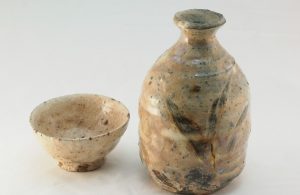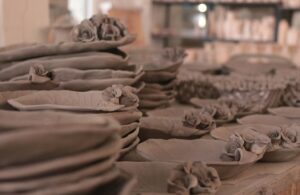The process of transforming raw clay into finished ceramics is a fascinating blend of chemistry, artistry, and craftsmanship. At the heart of this transformation lies a key ingredient often referred to as , also known as china clay. This naturally occurring material is prized for its plasticity, white colour, and heat-resistant properties, making it ideal for ceramic production.
The process begins with extracting clay from natural deposits, where it is purified and blended with other components to achieve the desired consistency and texture. Once processed, the clay is shaped using methods like hand-building, moulding, or wheel-throwing. After shaping, the raw clay piece is left to dry until it loses its water content and becomes firm. This crucial step ensures the structure remains intact during the firing process in a kiln.
Kiln firing is the pivotal stage where temperatures soar to over 1,000 degrees Celsius. At this point, the clay undergoes a permanent physical and chemical transformation, turning into ceramic. Additional glazing and a second firing may follow if a polished, water-resistant finish is desired, resulting in the dazzling ceramics we admire in homes, museums, and marketplaces.
The unique qualities of kaolin clay
Kaolin clay holds a vital place in the ceramics industry, not only in Spain but across the globe. It is rich in minerals like silica and aluminium, giving it a fine texture that allows for intricate detailing in ceramic pieces. Its white hue makes it the perfect base for colouring, as pigments retain their vibrancy when applied to kaolin-based ceramics.
Beyond its visual qualities, kaolin clay's composition ensures durability, making it ideal for functional ceramics like dinnerware, tiles, and sanitary products. Spain's long history with ceramic artistry has benefited significantly from the versatility of this type of clay.
Spain's rich ceramic traditions
Ceramics hold a special place in Spain's cultural identity and artistic heritage. Dating back to Roman and Islamic influences, the ceramic arts flourished in regions like Valencia, Andalusia, and Toledo. Talavera pottery, characterised by its intricate blue-and-white patterns, and the lustreware of the Andalusian Nasrid period are just two examples of the nation's distinctive styles.
The presence of high-quality clay deposits, including kaolin clay, in Spain's riverbanks and mountainous regions is one of the reasons the country has become a global hub for fine ceramics. Combining expertise handed down through generations with locally sourced materials, Spanish artisans continue to produce everything from decorative tiles to functional dinnerware.
Modern uses of ceramics in Spain
While traditional ceramics remain an integral part of Spain's heritage, the modern era has unlocked new applications. Tiles for architecture, for example, dominate domestic and export markets. Iconic cities like Barcelona and Seville prominently feature ceramic tiles in public monuments and buildings, most famously in Antoni Gaudí's architectural works.
Furthermore, kaolin clay-based ceramics are now integral to contemporary design, serving as elegant home décor items like vases, candle holders, and tableware. Functional uses ranging from cookware to bathroom fixtures continue to grow, underlining the material's enduring practicality and aesthetic appeal.
The importance of sustainability in ceramics
Sustainability has become a driving force in Spain's ceramics industry, as both artisans and manufacturers seek ways to reduce their environmental impact. Efforts such as recycling kiln waste, using renewable energy sources, and locally sourcing raw materials—including kaolin clay—are increasing eco-efficiency.
Ceramic products themselves are inherently sustainable, thanks to their durability and longevity. Whether used for construction or daily household purposes, ceramics often outlive alternatives made from plastic or metal.
Learning from Spain's ceramic craftsmanship
Spain's ceramics industry is more than a testament to creativity and innovation; it demonstrates how traditional craftsmanship can blend seamlessly with modern technology and sustainability practices. From time-honoured tilework adorning centuries-old cathedrals to sleek, contemporary designs found in global markets, the clay-to-ceramics process remains a vital part of Spanish culture and industry.
